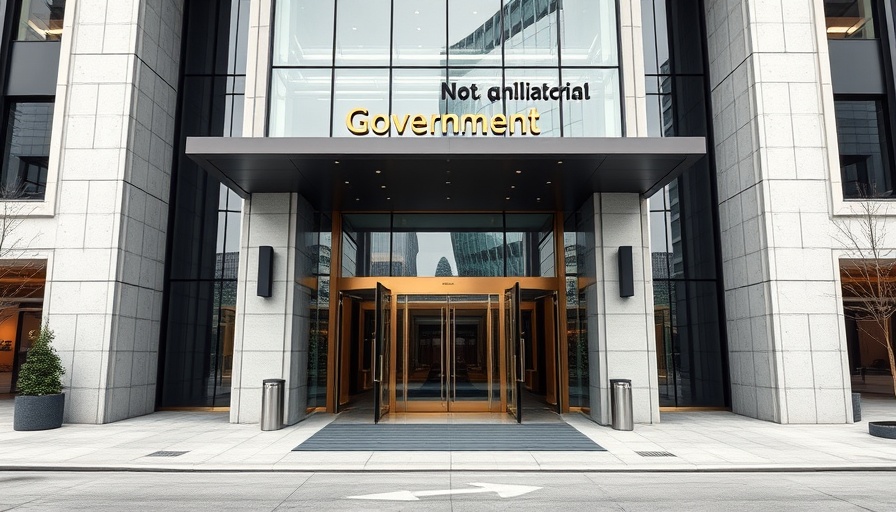
Revisiting Australia’s Workplace Safety Laws
Australia’s Occupational Health and Safety (OHS) laws are increasingly viewed as outdated, operating in a framework that no longer adequately addresses the complexities of modern workplaces. Business owners, property developers, and facility managers—key stakeholders in the industry—are often left navigating a system that fails to keep pace with technological advancements and evolving employee needs. As we delve into the necessity of a comprehensive overhaul of these laws, we must ask: how do we redefine safety in a way that supports both businesses and worker well-being?
Why Revising OHS Laws Matters
In recent years, there has been a growing recognition of the detrimental impacts that outdated regulations can have on the health and safety of workers. Current legislation often lacks flexibility and fails to incorporate innovative safety measures that can mitigate risks in various environments. For instance, how do we establish protocols when advanced technology transforms workplace dynamics? An updated legislative framework can foster both safety and productivity, allowing companies to adapt to contemporary risks effectively.
A Call for Proactive Engagement
In discussing potential changes to OHS laws, it’s crucial for stakeholders to engage proactively with the community. Developers and businesses should advocate for legislation that prioritizes collaborative safety measures, rather than reactive compliance. By establishing consultative processes with workers and safety experts, businesses can contribute to shaping a conducive environment that not only abides by regulations but exceeds them, creating a culture of safety that benefits all parties involved.
Emphasizing the Human Element in Safety
A significant aspect often overlooked in workplace safety discussions is the human element. Laws should take into account the diverse needs of employees, ensuring that mental health is equally weighed as physical safety. By highlighting the importance of mental well-being alongside physical safety measures, businesses can achieve a more holistic approach to worker health. Surveys indicate that employees in supportive environments exhibit higher productivity levels and lower turnover rates—core aspects for businesses to thrive.
Guiding Future Changes: Lessons from Other Nations
Looking beyond Australia, other nations have made strides in revamping their workplace safety laws to reflect modern realities. For example, countries like Sweden have implemented proactive safety cultures through continuous training and adaptation of protocols. Learning from these examples can provide Australian businesses with a framework to advocate for and implement necessary changes. This could mean adopting international best practices that are culturally and situationally relevant to Australia’s unique working environments.
Conclusion: The Path Forward
Revisiting Australia’s OHS laws is not just about compliance but about fostering a safer, more productive future for all workers. As stakeholders express their voices in this ongoing conversation, there’s an opportunity for businesses and communities to shape a legislative landscape that prioritizes innovation, well-being, and proactive safety measures. Are you ready to join the effort to transform workplace safety for future generations?
 Add Row
Add Row  Add
Add 




Write A Comment